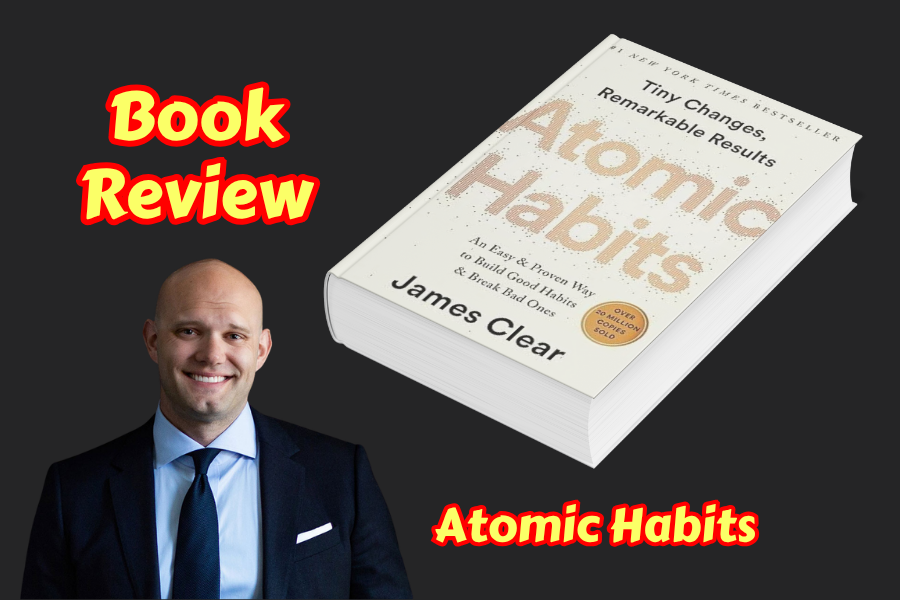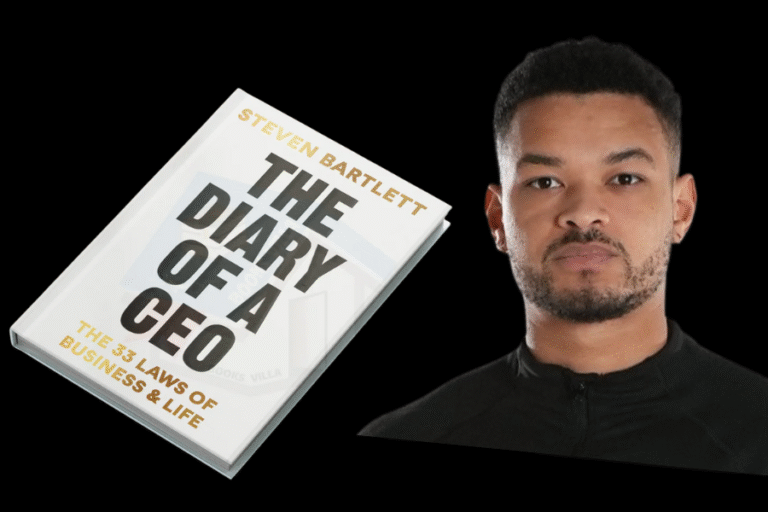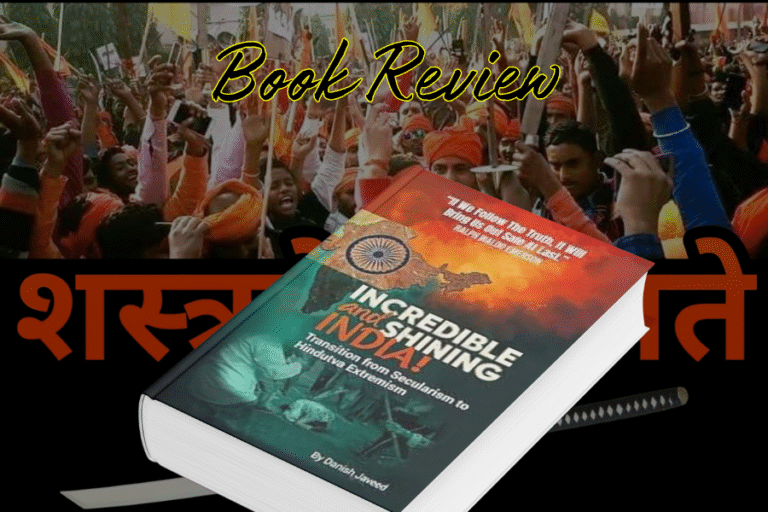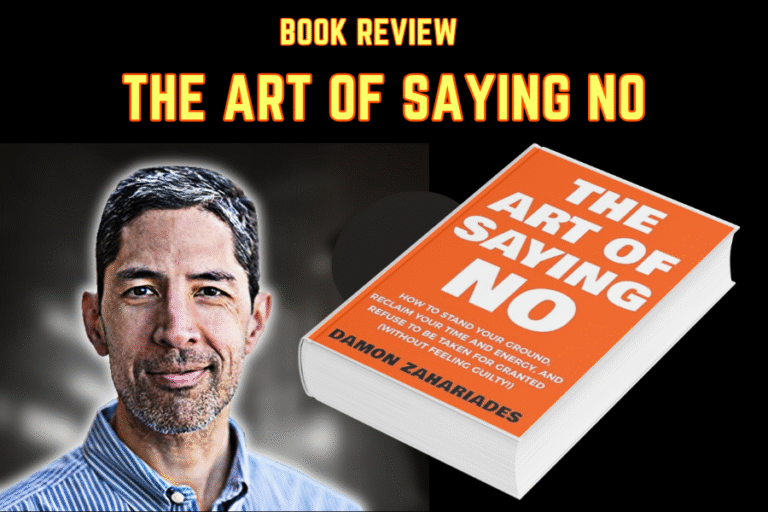(By Khalid Masood)
Why do some people effortlessly achieve their goals while others struggle to break free from bad habits? In Atomic Habits: An Easy & Proven Way to Build Good Habits & Break Bad Ones (2018), James Clear offers a compelling answer: it’s not about willpower or grand ambitions, but about mastering small, consistent behaviours. This #1 New York Times bestseller, praised by over 15 million readers worldwide, distils the science of habit formation into a practical, engaging guide that promises to reshape how you approach personal growth. Whether you’re aiming to quit smoking, boost productivity, or lead a team to success, Clear’s framework—rooted in psychology, neuroscience, and real-world stories—makes change feel achievable. This review explores Atomic Habits’ key insights, its strengths and limitations, and why it remains a must-read for anyone seeking lasting transformation in 2025.
Book Overview
Atomic Habits, published by Avery, is a 320-page guide by James Clear, a leading expert on habit formation known for his newsletter and blog reaching millions. Drawing on biology, psychology, and neuroscience, Clear argues that small, incremental changes—“atomic” habits—compound over time to produce remarkable results. The book outlines a system to make good habits inevitable and bad habits impossible, emphasizing that you “fall to the level of your systems” rather than your goals. Through stories of Olympic athletes, artists, and business leaders, Clear illustrates how tiny adjustments, like a 1% daily improvement, can lead to exponential growth. Key strategies include making habits easy (e.g., designing your environment), attractive (e.g., bundling with enjoyable activities), and satisfying (e.g., tracking progress), even amidst life’s chaos.
Key Themes and Insights
- The Power of Small Changes: Clear’s core thesis is that habits are the “compound interest of self-improvement.” A 1% improvement daily—say, reading one page or exercising for five minutes—can lead to a 37-fold increase in results over a year. He cites examples like British Cycling’s turnaround under coach Dave Brailsford, who used marginal gains to win Olympic gold.
- Systems Over Goals: Goals set the direction, but systems drive progress. Clear argues that bad habits persist due to flawed systems, not personal failure. For instance, placing running shoes by your door (environment design) is more effective than relying on motivation to exercise.
- The Four Laws of Behaviour Change: Clear’s framework—Cue, Craving, Response, Reward—underpins habit formation. To build a habit, make it obvious (e.g., set a visible reminder), attractive (e.g., pair it with a reward), easy (e.g., reduce friction), and satisfying (e.g., track progress). To break a bad habit, invert these: make it invisible, unattractive, difficult, and unsatisfying.
- Overcoming Setbacks: Clear addresses common challenges like lack of motivation or falling off track. He suggests the “two-minute rule” (start with a tiny action, like writing for two minutes) and emphasizes identity-based habits—focusing on who you want to become (e.g., “I’m a runner”) rather than what you want to achieve.
- Real-World Applications: The book’s anecdotes, from a physician saving lives through checklists to a comedian refining routines, show how habits apply across fields. Clear’s advice is versatile, helping individuals quit smoking, teams win championships, or organizations streamline operations.
Strengths
- Clarity and Accessibility: Clear’s writing is engaging and jargon-free, making complex science digestible. The New York Times praises its “actionable advice,” with readers on Goodreads (4.36/5 from 1.2 million reviews) lauding its practical steps.
- Evidence-Based Approach: Drawing on studies from Charles Duhigg and B.J. Fogg, Clear grounds his framework in research, enhanced by vivid stories that make concepts memorable.
- Universal Appeal: The book caters to diverse audiences—students, professionals, or athletes—offering tools like habit stacking (pairing new habits with existing ones) that work in any context.
- Motivational Tone: Clear’s optimistic voice, as noted on X posts in 2025, inspires readers to act, with fans calling it “life-changing” for goals like weight loss or productivity.
Weaknesses
- Repetition: Some readers on Goodreads find the book repetitive, reiterating the 1% improvement concept across chapters, which may feel padded for those familiar with habit literature.
- Limited Depth on Complex Habits: While effective for simple habits (e.g., drinking water daily), the book offers less guidance for deeply ingrained issues like addiction, as Psychology Today notes.
- Cultural Bias: Clear’s examples, largely Western, may not fully resonate with non-Western readers, a critique echoed on X for overlooking cultural nuances in habit formation.
Why It Matters in 2025
In a world of constant distractions—social media, work-from-home challenges, and global uncertainties—Atomic Habits remains relevant. Its emphasis on small, sustainable changes aligns with 2025’s focus on mental health and productivity, as seen in X discussions about applying Clear’s strategies to hybrid work or fitness goals post-pandemic. The book’s global sales (15 million copies by 2025, per JamesClear.com) and translations into 50 languages underscore its universal impact. For Pakistanis, facing economic and geopolitical challenges, Clear’s system offers a practical path to personal resilience, from students building study habits to professionals navigating career shifts.
Summary
Atomic Habits by James Clear is a transformative guide that demystifies habit formation with a science-backed, practical framework. Its focus on small changes, systems over goals, and the four laws of behaviour change empowers readers to achieve lasting results, whether quitting bad habits or pursuing ambitious goals. Despite minor repetition and limited depth for complex issues, its clarity and universal appeal make it a standout. In 2025, it’s a vital tool for anyone seeking to thrive amidst chaos, offering Pakistanis a roadmap to personal growth in turbulent times.
Transform Your Habits—Dive Into Atomic Habits Today
Struggling to stick to your goals or break free from bad habits? Atomic Habits offers a proven system to make change effortless. Grab a copy and explore more personal growth insights at khalidmasood.com to unlock your potential in 2025!







